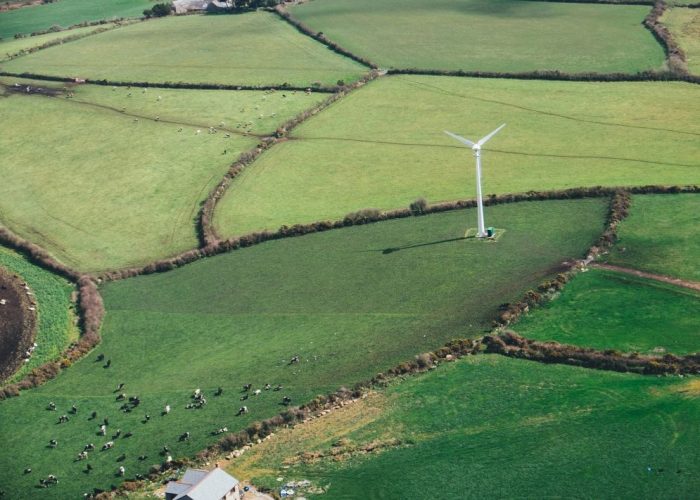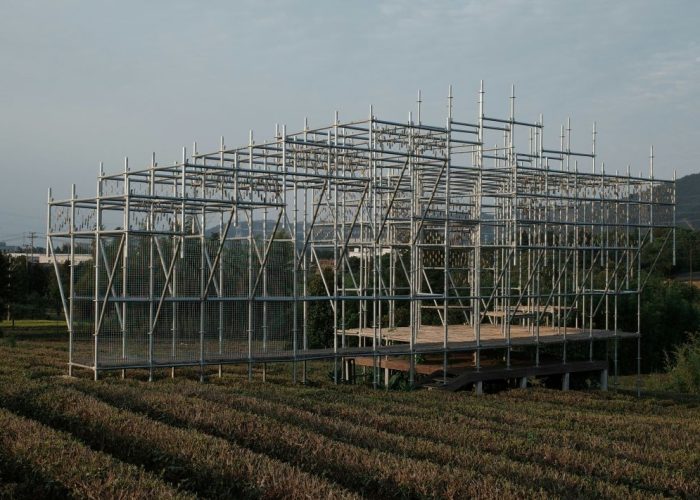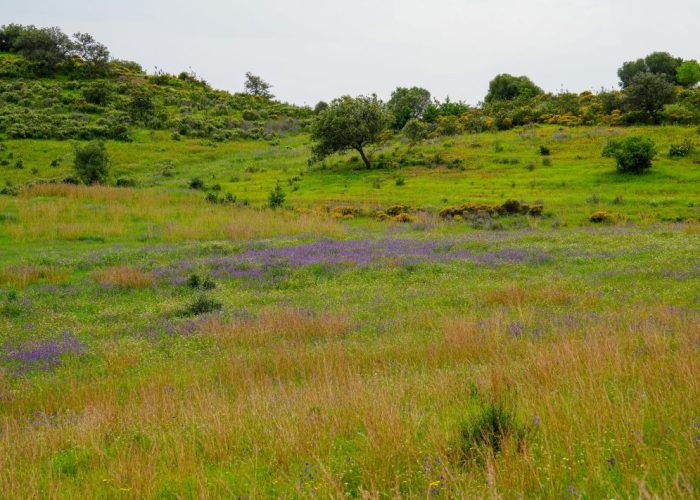ECOLOGICAL SURVEYS
Planning-ready ecological assessments for development projects — delivered with proportionate methods, clear reasoning and predictable survey timings across the UK.
Before design moves, ecology needs clarity. Whether you’re preparing a planning submission, refining a layout or coordinating works on site, the right evidence keeps your project steady.
Our team helps you see what’s required, when it’s needed, and how to keep progress predictable, not reactive.
What Survey Do I Need? (Your Quick Guide)
Most ecological requirements follow clear triggers.
Match your site conditions to the survey most likely to apply.
Preliminary Ecological Appraisal (PEA)
When: preparing a planning application or where boundaries include vegetation or mixed habitats.
Purpose: establish the ecological baseline early.
Timing: year-round.
Biodiversity Net Gain (BNG) Assessment
When: development must achieve or evidence ≥ 10 % gain.
Purpose: quantify ecological change and define uplift routes.
Timing: baseline year-round.
Biodiversity Screening & Validation Support
When: LPAs request biodiversity validation evidence.
Purpose: confirm required ecological reports before submission.
Timing: year-round.
Botanical Surveys
When: grassland, wetland or species-rich vegetation influences BNG or design.
Purpose: confirm species composition and habitat distinctiveness.
Timing: May – September.
Habitat Action Plans (HAP)
When: long-term habitat management or enhancement is required by planning conditions.
Purpose: structure post-planning habitat delivery and BNG stewardship.
Timing: year-round once baseline data exists.
Species Action Plans (SAP)
When: protected or priority species are recorded or predicted.
Purpose: formalise mitigation, enhancement and monitoring actions.
Timing: year-round (plans informed by seasonal survey data).

Environmental Impact Assessment (Ecology)
When: schemes meet EIA thresholds or affect designated habitats.
Purpose: provide the ecology chapter for Environmental Statements.
Timing: Season-dependent — scope early to avoid delays.
Your Next Step
Not sure which survey you need? Contact us today!
Phone: 0800 494 7479
Email: [email protected]
Ecological Surveys FAQs
What Are Ecological Surveys?
Ecological surveys reveal how your project interacts with the natural environment.
They form the ecological baseline that guides planning, identifies constraints and defines what further evidence may be needed.
Each survey type has its own scope and season. Early clarity prevents design change, licensing delay and mid-programme hold-ups.
Ecological surveys support:
- planning validation
- BNG calculations and baseline mapping
- proportionate mitigation design
- risk reduction for contractors and designers
- long-term habitat enhancement
If you’re unsure which applies, we’ll confirm it quickly before time becomes the constraint.
Why do Ecological Surveys Matter?
Ecology sits quietly behind most planning conditions — until it doesn’t.
Authorities must see evidence that habitats, species and policies have been addressed correctly under:
- Environment Act 2021
- Wildlife & Countryside Act 1981
- Conservation of Habitats & Species Regulations
- NERC Act 2006 (S41)
- NPPF Section 15
Without this clarity, projects stall through:
- validation queries
- seasonal survey gaps
- reactive redesign
- stop-work conditions on site
Early ecological planning removes uncertainty and keeps decision-making proactive — not procedural.
How ProHort Supports Your Project
Our approach is practical, planning-first and proportionate.
You get:
- Clear, plain-English reasoning planners trust
- Early survey scheduling to secure seasonal windows
- Proportionate recommendations, never over-escalated
- Concise, defensible reporting aligned to LPA policy
- Integrated support for BNG, EIA and mitigation design
- Straightforward communication and realistic next steps
From single plots to major infrastructure, we deliver ecology that moves at the same pace as your project — not slower.
Our Ecological Services
Each service below has its own dedicated page with full method, deliverables and FAQs.
Each service below has its own role within planning, design and environmental compliance.
All are delivered with proportionate methods, clear reasoning and predictable timelines.
Preliminary Ecological Appraisal (PEA)
Ecological baselines, habitat mapping and constraints identification for planning.
Biodiversity Net Gain (BNG) Assessment
Baseline metrics, habitat scoring, uplift modelling and policy-compliant BNG strategies.
Botanical Surveys
Species-level plant identification, habitat classification and condition scoring for BNG and design integration.
Species Action Plans (SAP)
Structured mitigation and enhancement plans for protected or priority species.
Habitat Action Plans (HAP)
Long-term management frameworks for habitat enhancement, stewardship and BNG delivery.
Environmental Impact Assessment (Ecology)
EIA ecology chapters, scoping, mitigation hierarchy and cumulative impact assessment.
Biodiversity Screening & Validation Support
Pre-submission biodiversity screening to confirm required surveys and validation compliance.
Plan it once, plan it right — and the rest of your ecology stays predictable.






